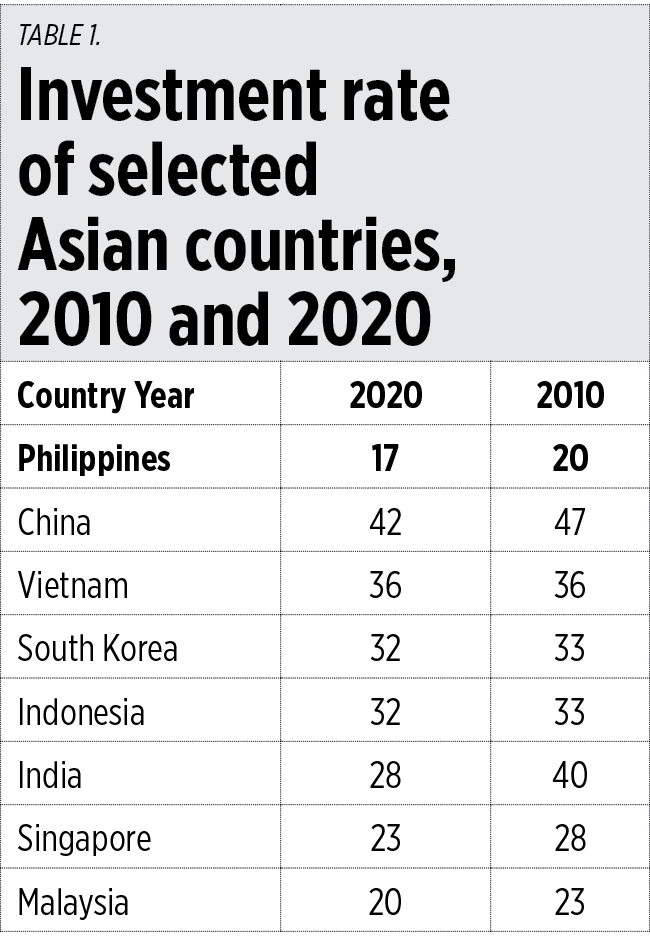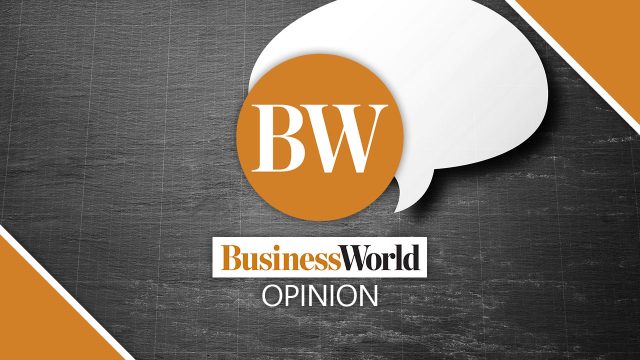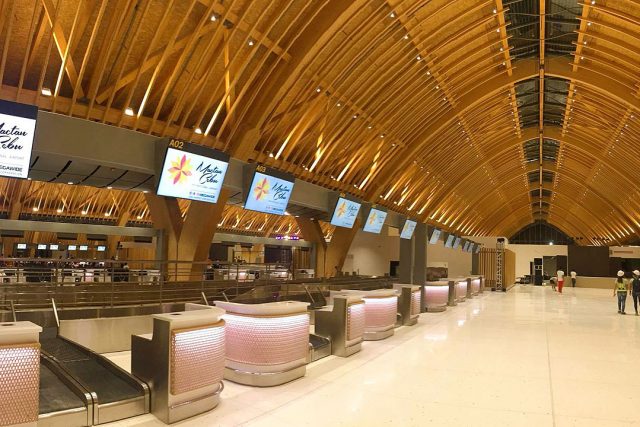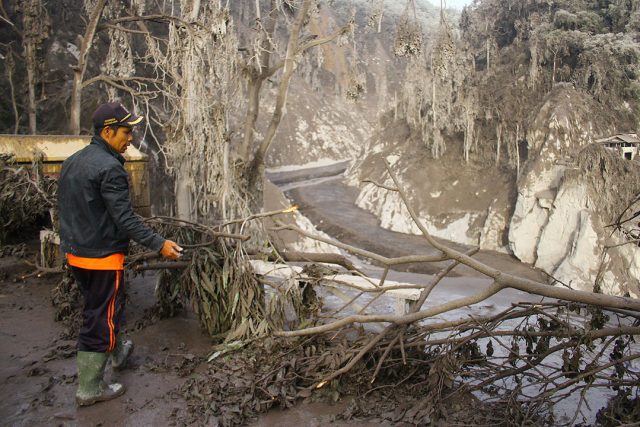(First of two parts)
UNTIL 2011, Paul Bossens was an entrepreneur quietly running a small IT business in Leuven, not far from the Belgian capital of Brussels.
Aside from an interest in the environment — he’s an enthusiast for electric cars who delights in his shiny gull-wing Tesla Model X — Bossens, 68, wouldn’t have called himself politically committed. “I was never really one to be an activist or a protester,” he says. “I was too busy running my firm.”
Then one day, in a casual conversation with a colleague, he found himself talking about nuclear power.
Belgium had passed a law in 2003 ordaining nuclear’s phaseout by 2025, and the first reactor shutdowns were expected in 2015. People were just beginning to ponder the consequences: Belgium depends on its atomic reactors for almost half its electricity, and the first wave of closures alone would have shuttered nearly 15% of the country’s output.
“I thought nuclear power must be dangerous, so we needed to find another way to generate electricity and get on with replacing it,” recalls Bossens. “And he said: ‘No, nuclear power has hardly ever killed anyone.’”
Surprised by the answer, Bossens did his own research and found that his colleague was right. Despite all the stories about the accidents at Chernobyl and Fukushima, nuclear power is one of the safest ways to produce electricity, being responsible for just 0.07 deaths per terawatt-hour generated, while coal and oil are responsible for 24.6 and 18.4 deaths respectively. (Wind is responsible for 0.04.)
Bossens found himself increasingly warming to nuclear’s virtues. Not only is it reliable while producing zero carbon emissions, but it is also pretty practical in a small country such as Belgium, generating huge quantities of power from a relatively tiny footprint. The country’s two nuclear plants occupy less than 400 acres of land.
“I felt that if I had been given the wrong facts, others had been, too,” he says. So Bossens wrote a presentation based on his research and started touring the country speaking to whoever would have him — rotary clubs, schools. It wasn’t easy to get bookings at the beginning, he recalls, but he was encouraged by the receptiveness of his audiences. His aim, as he saw it, wasn’t simply to save Belgium’s threatened reactors. It also was to set the story straight on nuclear power.
*****
Europe has long had mixed emotions about atomic energy. Not all European Union countries have it; only 13 of the bloc’s 27 members have reactors, while some, such as Austria, are long-standing opponents. There is a tradition of anti-nuclear activism: The first mass protests against reactor construction took place at Wyhl in Germany back in 1971. And some countries that once had reactors no longer do; Italy voted to scrap its entire fleet after the Chernobyl accident in the 1980s.
Yet the drift toward the exit now goes beyond the skepticism in places like Belgium or Germany, which have set official policies for nuclear power’s phaseout. Elsewhere, much of the continent is steadily denuclearizing by default.
As recently as 2000, Europe generated almost a third of its electricity from nuclear fission, the highest proportion of any region. Since then, capacity has dwindled as plants have closed without being replaced. Meanwhile, Germany embarked on its radical plan to phase out its reactors early and replace them with renewables at a projected cost, by 2025, of around $580 billion. By last year, nuclear output from Europe’s 123 reactors had dropped to just 24% of electrical generation — a multi-decade low.
Further declines are likely, according to Foratom, the European nuclear industry association. It commissioned a report two years ago to look at nuclear’s likely contribution to achieving Europe’s net-zero goals by 2050. The most optimistic scenario, it concluded, was that nuclear might just about hold its present share of generation, which itself would grow sharply as transport and heating were electrified in the future. The other options were gloomier, with the low case suggesting nuclear’s share of electricity generation might fall to as low as 5%.
Recent events are raising hard questions about the wisdom of this trajectory. The flip side of denuclearization is greater reliance on “new” renewables (mostly wind and solar, excluding hydro), whose output is mainly variable, as well as carbon-emitting gas. These sources rose from 17% of total electricity production in 2000 to 40% in 2019.
A gas squeeze this autumn has highlighted the perils of this tilt, with its consequent dependence on strategic competitors such as Vladimir Putin’s Russia for energy supplies. Meanwhile, rocketing prices have dismayed consumers and even caused some energy-dependent industries to curb output or shut down.
An unexpected hiccup in the output of renewables has deepened this malaise. Wind speeds have mysteriously declined across much of the continent this year. According to UK data for onshore wind in the second quarter, that led to falls in wind output of around 20%, leaving power shortfalls there, too.
As world leaders prepared to gather in Glasgow for the COP26 climate conference in November, many European countries find themselves in an awkward diplomatic position. Among their central demands for the conference is to accelerate coal’s phaseout. But at the same time, they are quietly restarting their own coal-fired plants.
The biggest worry, though, is that Europe has somehow taken a wrong turn and made its own decarbonization harder. “The electricity transition is happening but not with the urgency required,” says Dave Jones of Ember, a climate think tank. “Emissions are going in the wrong direction.”
*****
Not far from the center of Brussels stands a striking stainless-steel structure, with nine spheres suspended on long tubular arms. Built for the 1958 World’s Fair, the Atomium represents a cell comprising iron atoms. But it’s also a symbol of faith in technical progress — one that reflects Belgium’s embrace of atomic science.
As a producer of uranium from its then-colony in Congo, Belgium was an enthusiastic early adopter when President Dwight D. Eisenhower offered other nations access to civil nuclear technology in his “Atoms for Peace” speech in 1953. The country commissioned its first reactor in 1962. Most of its present fleet was built in the 1970s and early 1980s.
The switch from adoption to phaseout was less driven by public demand than by the tortuous dynamics of Belgian federal politics. The 2003 plan was slipped into complex coalition discussions by the country’s two Green parties (one Flemish, the other French-speaking) after they did unexpectedly well in the 1999 elections. It prohibited the building of new reactors and mandated the retirement of existing ones when they came to the end of their design lives.
“The law was passed, but because it was so far in the future, no one really cared about it,” says Ronnie Belmans, an energy expert and honorary chairman of the board at Belgian grid company Elia Group SA. “Indeed, it’s a mistake to believe that Belgium has ever had a proper debate about what sort of energy policy it should have.”
Only now, as the final phaseout draws near, are the implications truly dawning. Of Belgium’s seven reactors, the oldest two will close in 2022 and 2023, with the last five shutting by 2025. (The first wave of closures planned for 2015 was postponed because of Belgium’s unpreparedness.)
The main worry is the sudden loss of nearly half of the country’s electricity output. Bossens says that when several reactors closed for maintenance and safety checks in 2014, Belgium came close to instituting rolling blackouts to deal with the deficit: “They were actually planning lists of communes that would have their power curtailed,” he recalls.
Plans for replacement generation capacity have attracted criticism because they involve not only commissioning new gas-fired stations, but also subsidizing owners for running them only for short operating lives (the idea being that new technologies such as hydrogen will supplant gas in a few years).
True, there is a possibility under the 2003 law to reprieve the two newest reactors to protect security of supply, and the government intends to make a decision next month when it knows how much capacity developers have bid to build and operate under its new subsidy regime.
But the operator of the nuclear plants, France’s Engie SA, has already warned that the delay in getting an answer means the reactors will have to close anyway. It doesn’t have the time to carry out the refurbishments to keep even two going beyond 2025. (Cynics point out that Engie, which operates no nuclear reactors outside Belgium and owns France’s largest gas utility, is relaxed either way.)
*****
A decade after Angela Merkel’s post-Fukushima decision to axe Germany’s nuclear power stations, few experts still support early closures. Even energy analyst Michael Liebreich, no friend of nuclear, has branded such closures a “climate tragedy,” robbing consumers of abundant, cheap and zero-carbon power.
Take a plant such as Isar 2 in Bavaria, built in 1988, which produced 11.5 TWh of electricity in 2018, more than four-fifths of the entire output of Denmark’s 6,100 wind turbines. With just 33 years on the clock, it could continue producing for decades. Yet it is condemned to close next year as part of Germany’s “Energiewende” effort.
The sad result of this policy can be seen in the emissions data. Despite a decade of effort and heroic levels of spending on renewables, Germany’s electricity grid remains one of the dirtiest in Europe. In 2019, it produced 343 grams of carbon dioxide per kilowatt-hour generated. The UK, which kept its nuclear reactors open, emitted just 228 grams, while France, with its large nuclear fleet, produced just 54 grams.
None of this has given Belgium’s government pause, even though the phaseout will likely take it in a similar direction. In 2019, Belgium’s grid had a carbon intensity of 184 grams of CO2 emitted per kilowatt-hour. Research by Ember suggests this could rise to 229 grams by 2030, an increase of almost 25%, based on submissions the last Belgian government made to the EU in 2019.
Why make it harder to go green? The main reasons for implementing a nearly 20-year-old plan have to do with safety. Concerns about the Chernobyl or Fukushima accidents still resonate, not least because their consequences in a small, crowded country like Belgium would be dramatic. Instituting a 600-square-kilometer exclusion zone, as Japan did after its accident, would devour 2% of the country’s territory and displace hundreds of thousands of people. There are also concerns about the safe storage of nuclear waste. But no reactor in Europe shares the flawed design of the Chernobyl one, and seismic events of the sort that caused Fukushima are unknown to the area. Sixty-five years after the start of the world’s first civil nuclear reactor at Calder Hall in the UK, there remains no evidence of anyone’s health being jeopardized by radiation releases from a European nuclear plant.
The Belgian government insists that scrapping nuclear won’t deflect it from its climate goals, and that it won’t be following the Energiewende model in dramatically stepping up fossil-fuel use.
“Our plan is not to replace nuclear energy with gas but to increase renewable energy — the only energy source which is consistently getting cheaper,” a ministry spokesman says. Yet it is hard to gauge these aspirations until the country’s long-term climate plans are revealed.
*****
For all the periodic talk about a nuclear renaissance, Europe last commissioned a new nuclear power plant 14 years ago. Romania’s Cernavoda 2, a Canadian-designed reactor ordered by the Nicolae Ceaucescu regime before its fall in 1989, came online in 2007. Since then, not a single new nuclear megawatt has surged onto the grid.
Just six reactors are under construction. Of these, two pioneering projects to build EPR models — one in France and one in Finland — are running years late and wildly over budget. (The Finnish project, at Olkiluoto, which was scheduled for completion in 2009, is expected to enter operation in 2022.) Then there is one Slovak plan involving Russian technology, and the 22 billion-pound EPR project at Hinkley Point C in the UK that is not expected to be commissioned until the late 2020s.
This has left Europe with an increasingly aged reactor population. In 2000, just 2% of the total were more than 30 years old. By 2020, that had risen to 86%.
Europe not only faces the looming cliff’s edge of reactor retirements, but its nuclear-operating countries also have been left vulnerable to involuntary closures if, for instance, wear and tear mean elderly reactors’ lives cannot be extended. Britain’s main operator, Electricite de France SA, recently announced that its entire fleet of advanced gas-cooled reactors – which date from 1976 to 1989 – would have to close before 2030 due to corrosion and cracking in their graphite cores.
That will remove around 15% of Britain’s entire generating output. Hinkley Point C, the one station on order, will replace only 7% when its reactors come online in the late 2020s. “Unfortunately, in the UK, we have taken it to the wire,” says Tom Greatrex, head of the Nuclear Industry Association, a UK trade body. “We are facing a capacity gap.”
(To be continued)
BLOOMBERG OPINION

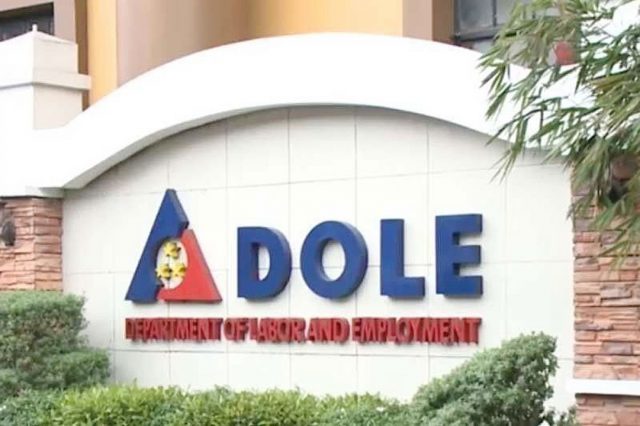

![Wavy-C_Bus-10_Single-11-[Converted]](https://www.bworldonline.com/wp-content/uploads/2021/12/Wavy-C_Bus-10_Single-11-Converted-640x427.jpg)
